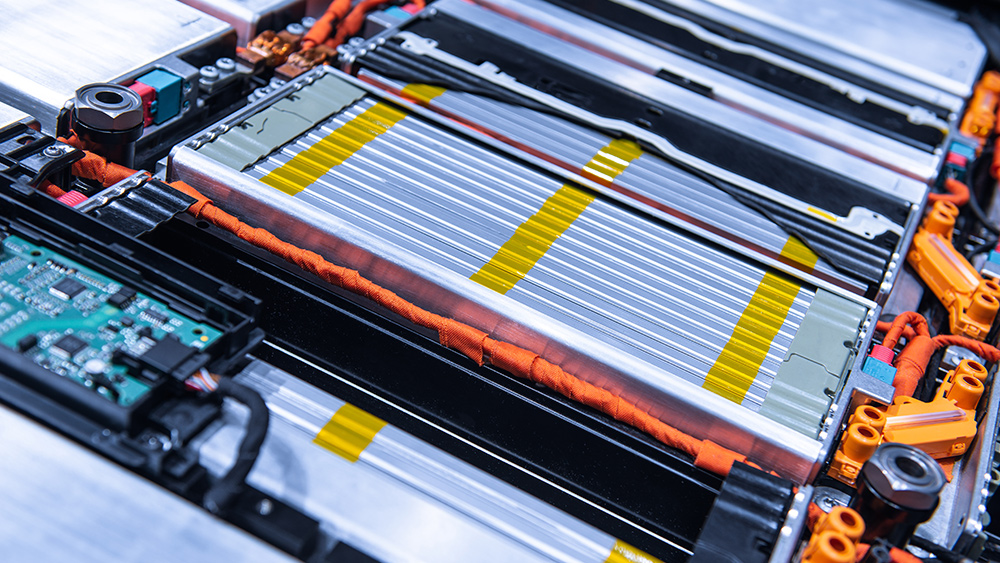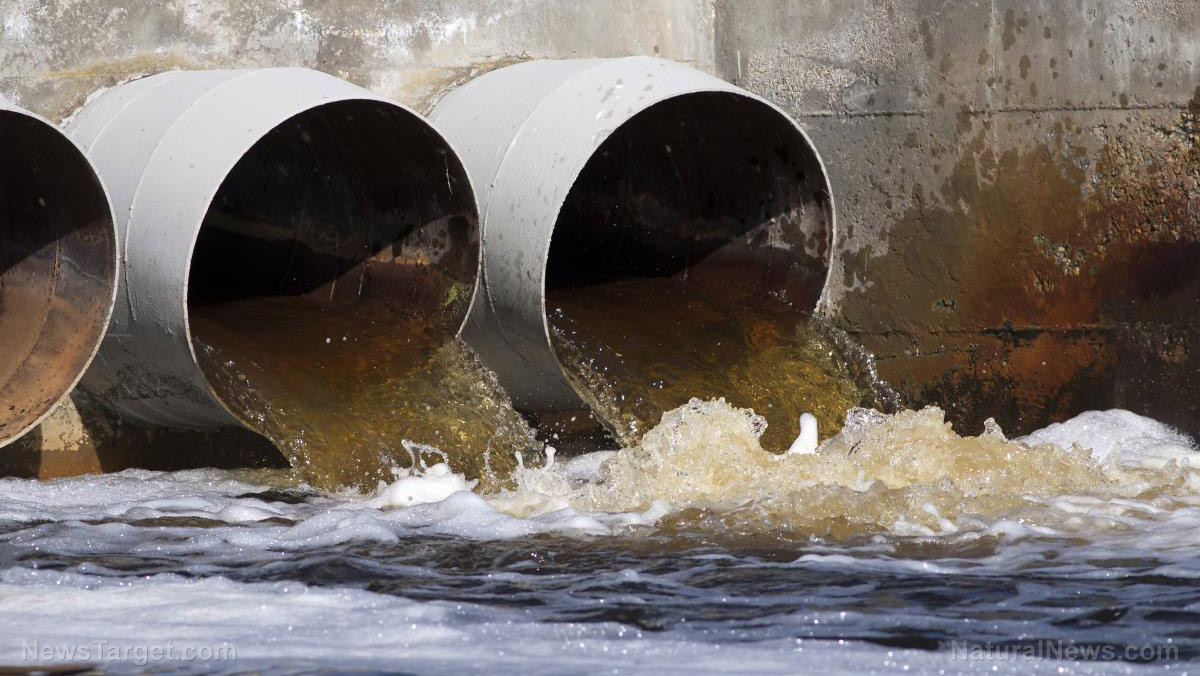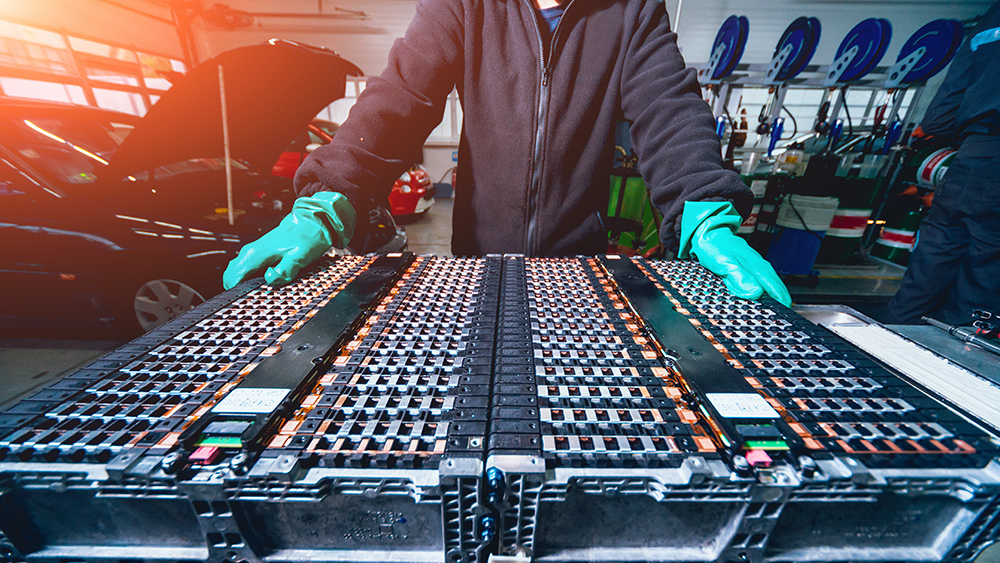Australia risks OVERMINING in its bid to break China’s grip over minerals crucial to clean energy technology
05/18/2023 / By Laura Harris

Australia may be overmining its mineral reserves in its bid to break China’s grip over minerals crucial to clean energy technology, such as lithium, cobalt and nickel.
The Jubilee Australia Research Center (JARC) issued this warning in a report, claiming that the country could be digging up more critical minerals than necessary. It pointed out that while the Land Down Under has large mineral deposits, China remains the biggest processor and refiner of the key metals for renewable energy.
The JARC report mentioned that mining for these minerals could cause the destruction of habitats, the depletion of water resources, and the release of toxic chemicals into the environment. It also raised concerns about the social impacts of mining, such as the displacement of communities and the exploitation of workers. (Related: Experts warn of downsides of renewable energy: Increased mining activity, pollution, economic uncertainty.)
“It is critical that we adopt a smarter and more efficient approach as we look to exploit another resource,” said Luke Fletcher, JARC Executive Director and lead report author.
“While the government’s strategy to make Australia a ‘renewable energy superpower’ will validly speed up the transition from a fossil fuel-based export economy, extracting these key transition minerals will cause significant social and environmental damage if we don’t manage it correctly.”
Australia’s “green energy” projects cause more harm than good
Canberra’s position on green energy allows the mining sector to pursue projects related to these minerals for green energy. The resulting materials then go into low-emission technologies – such as electric vehicles, batteries and solar panels – and defense applications. However, JARC has questioned whether Australia can mine itself out of a climate crisis.
Moreover, the New American magazine pointed out that mining projects in the Land Down Under are causing more harm than good. The environmental damage caused by these mining operations nullified any environmental benefits that could arise when the resulting materials are used for “green energy.”
For example, the Rosebery Mine in the state of Tasmania has been leaking contaminated water for the past six years. The mine produces copper, lead, and zinc for electric vehicles, wind turbines and solar panels. Despite this, the mine’s Chinese owner MMG Limited is yet to receive punishment for this environmental damage.
An open-cut lithium mine outside Darwin in the Northern Territory damaged the local rivers, turning the once crystal-clear water into a murky mess. The same fate could happen to King Island in Tasmania, which is expected to become one of the biggest tungsten mines in the world. King Island is known for its premium cheese, kelp, oysters and meat – and any mining development could undermine food safety there in the long run.
Australia Institute Research Director Rod Campbell pointed out that Canberra’s policy on mining was being made on the back of economic models with flaws and unclear assumptions.
“It’s high time some critical thinking was applied to policy on so-called ‘critical minerals,'” he said. “With clearer thinking and rational debate around electrification of mineral use and extraction, the damage, inequalities and inefficiencies of earlier mining booms can be avoided.”
Visit GreenDeal.news for more stories about renewable energy.
Watch this video discussing why renewable energy is the scam everyone all fell for.
This video is from the gocephas channel on Brighteon.com.
More related stories:
South American countries planning to create LITHIUM CARTEL.
Alexandria Ocasio-Cortez earns an “F” in science for demanding 100% renewable energy in 10 years.
Sources include:
Submit a correction >>
Tagged Under:
Australia, big government, China, clean water, Ecology, energy supply, environment, fuel supply, green energy, Green New Deal, green tyranny, insanity, metals, minerals, mining, over-mining, power, renewable energy
This article may contain statements that reflect the opinion of the author
RECENT NEWS & ARTICLES
COPYRIGHT © 2017 METALS NEWS


















